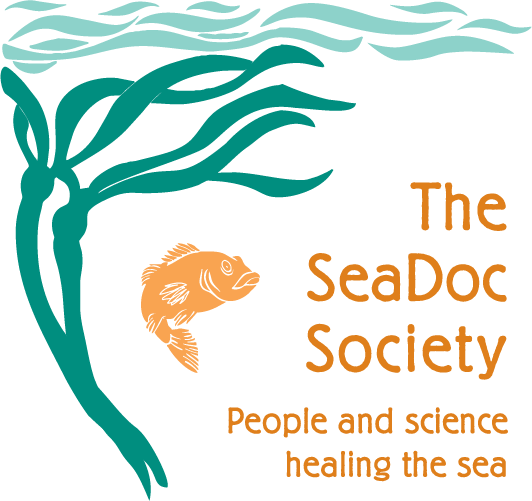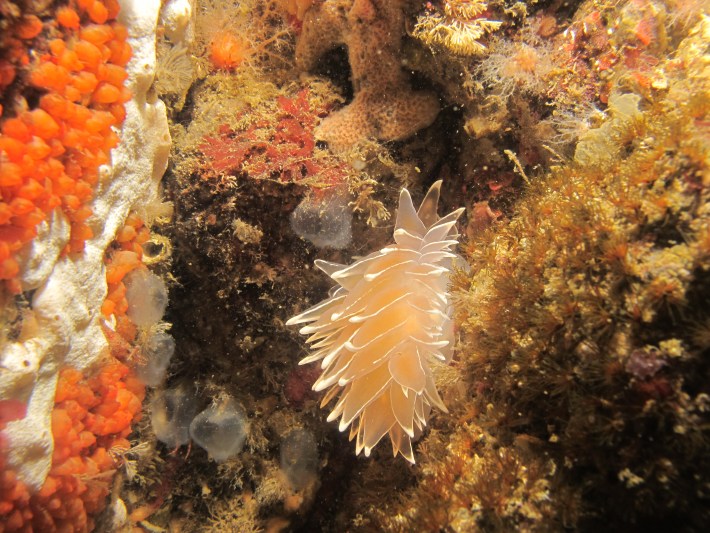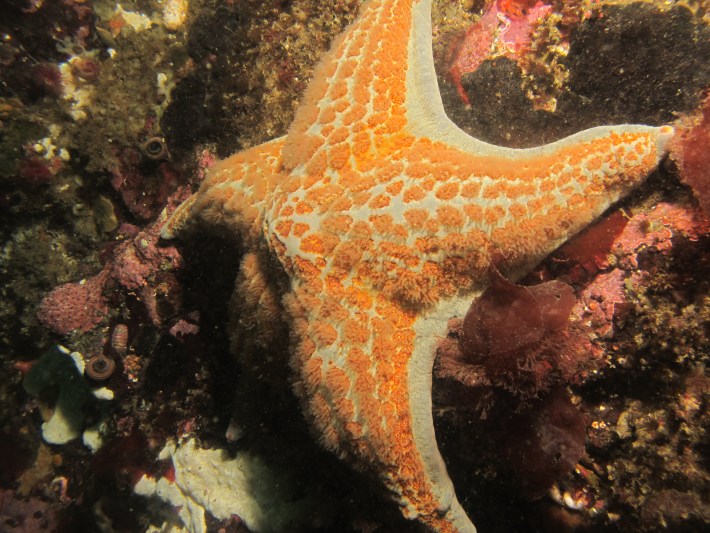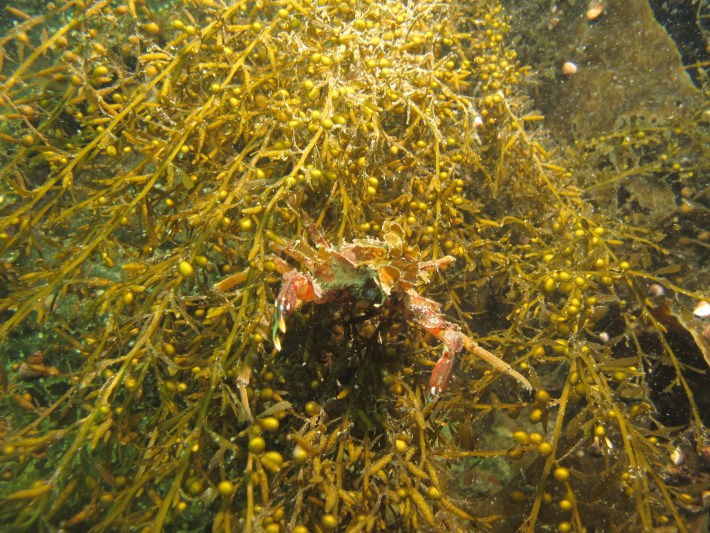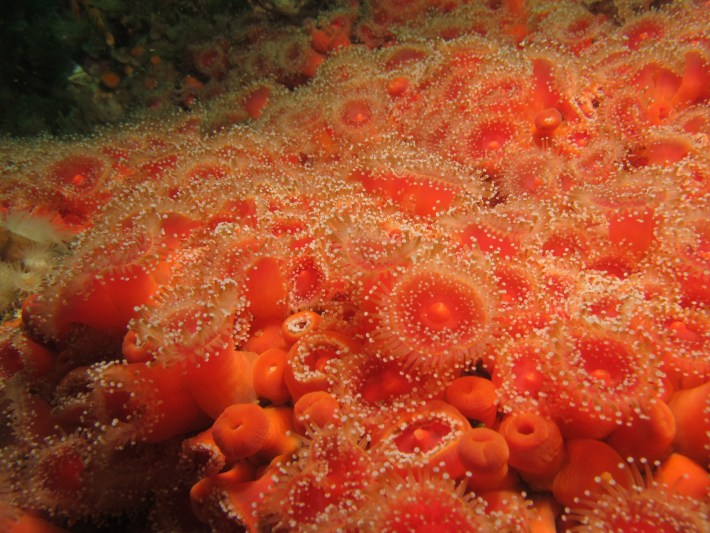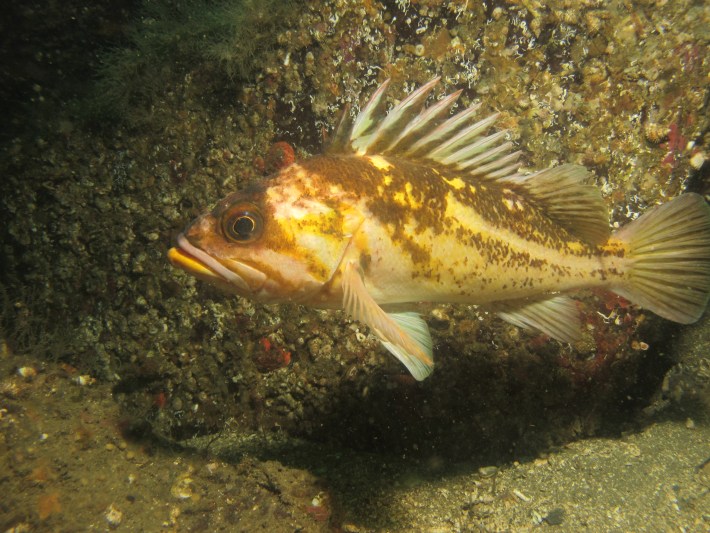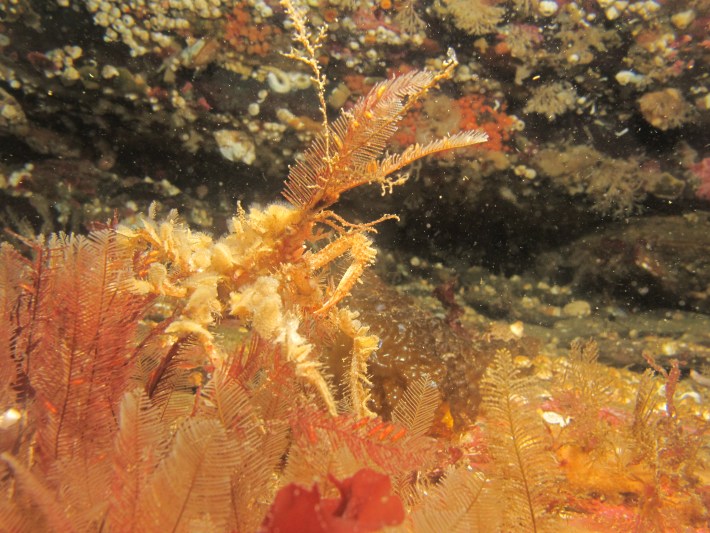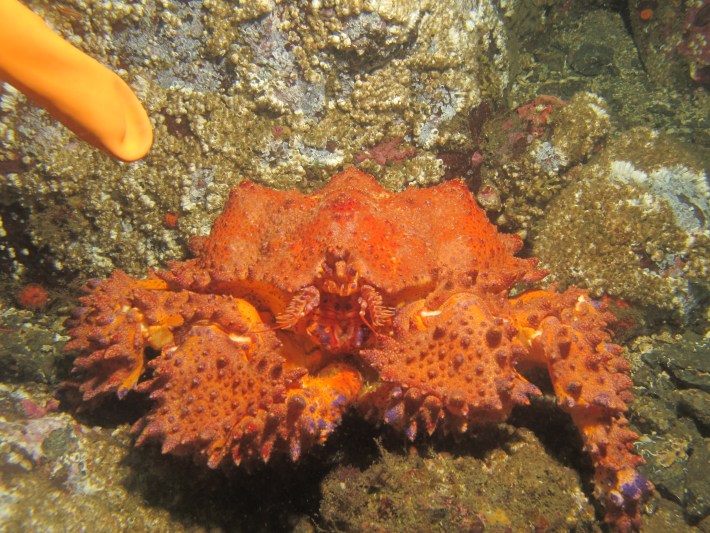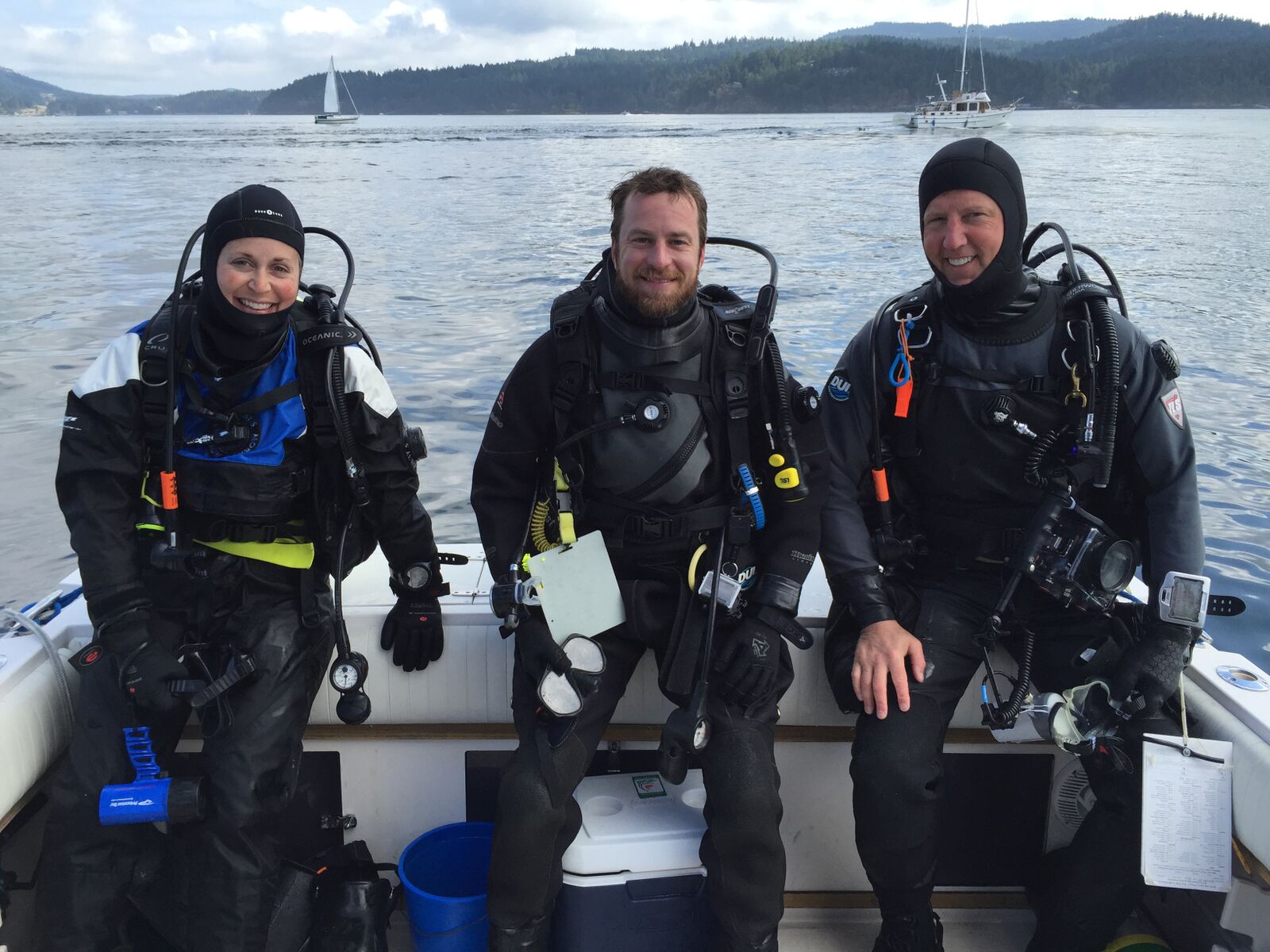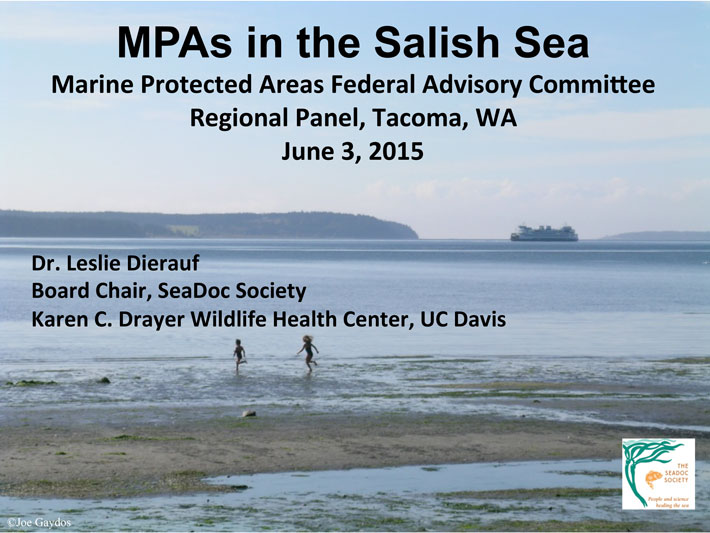At its annual meeting in October 2015, The American Association of Zoo Veterinarians awarded Dr. Kirsten Gilardi the Emil Dolensek Award. Some people have called this "The Nobel Prize in Medicine for Veterinarians," and we couldn't be more proud of Kirsten and her long list of accomplishments that made her so deserving of this award.
Kirsten earned her DVM from UC Davis in 1993 and was a veterinary resident and then veterinary fellow at the California National Primate Research Center. She then was one of the first veterinarians to achieve Board Certification by the American College of Zoological Medicine, with an emphasis on Wildlife Medicine.
Kirsten's work at the Karen C. Drayer Wildlife Health Center at UC Davis began in 1998 when she was instrumental in laying the foundation for California's now world-famous Oiled Wildlife Care Network. Her work included setting up facilities and helping create a model program for the statewide response to oiled wildlife emergencies.
In 2000, Kirsten took on the role of executive director for the SeaDoc Society, shaping the vision for what has evolved into a unique marine ecosystem health program. In just 15 years, this organization has become a key player in marine conservation in the Salish Sea, filling a glaring gap in the environmental sector – caring for the health of the wild animals, from shellfish to killer whales.
Since 2009, Kirsten has been the Co-Director of Gorilla Doctors, which is a partnership between UC Davis and the Mountain Gorilla Veterinary Project. Gorilla Doctors' efforts ensure the long-term health and survival of critically endangered wild eastern gorillas and the human and animal communities that share their habitat. The 15 Gorilla Doctors on the ground in Africa, all but one of whom are African veterinarians, monitor the health of and provide life saving treatment for injured and ill eastern gorillas living in Rwanda, Uganda, and the Democratic Republic of Congo (DRC). The team works hard to conserve eastern gorillas one gorilla at a time, and has become an international model of One Health in action.
Under Kirsten's leadership, Gorilla Doctors also manages the USAID Emerging Pandemic Threat PREDICT program in Uganda and Rwanda, through which laboratory capacity in both countries has been vastly improved, and a number of newly discovered viruses have been described.
As an offshoot of her work at SeaDoc, Kirsten founded and has led a program to remove derelict fishing gear, which entangles and injures crabs, birds, and whales, from the west coast of the United States. In the crab fishing fleet, this program is on its way to become a self-sustaining program run by the fishermen themselves.
In addition to all these activities, Kirsten is a researcher, teacher and mentor.
In 2014 she was named Co-Director of the Karen C. Drayer Wildlife Health Center, where she leads a large team dedicated to solving wildlife and conservation problems using a One Health perspective.
Kirsten has had a truly positive impact on wildlife around the world, and we're proud of her recognition by the American Association of Zoo Veterinarians.
